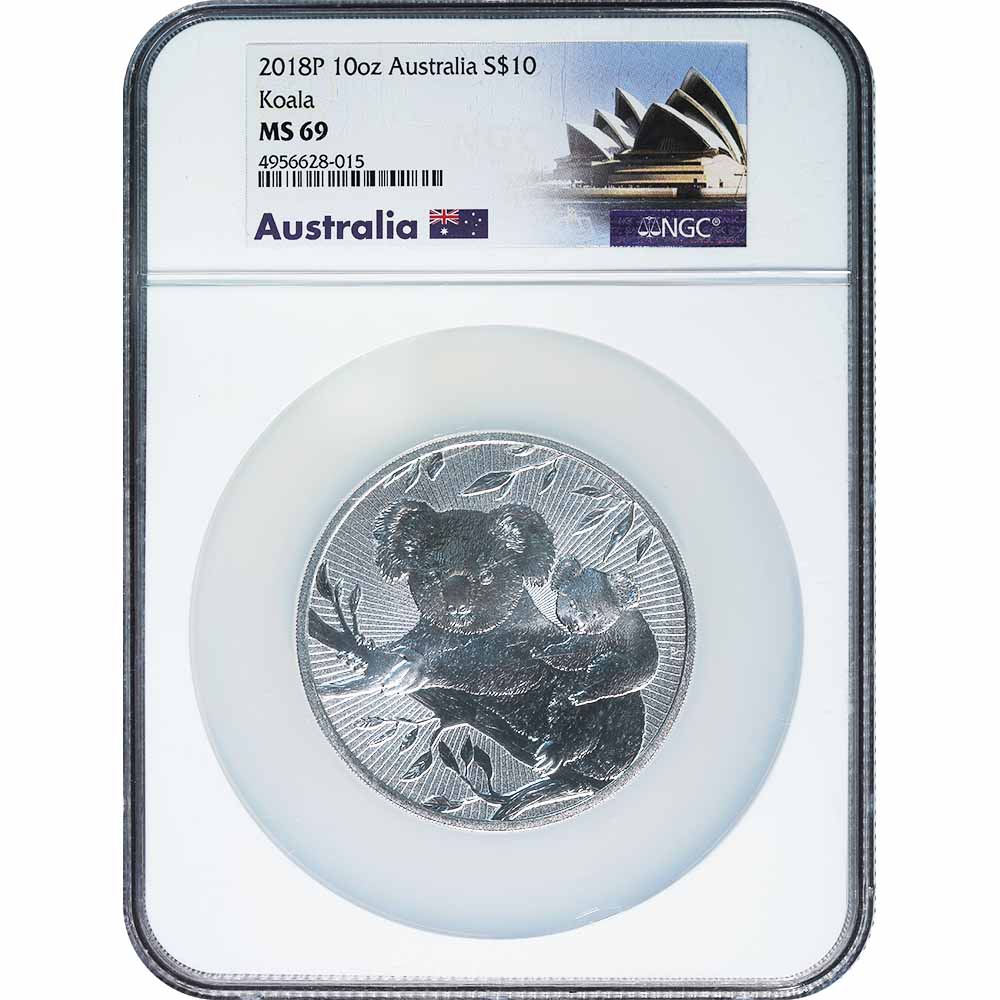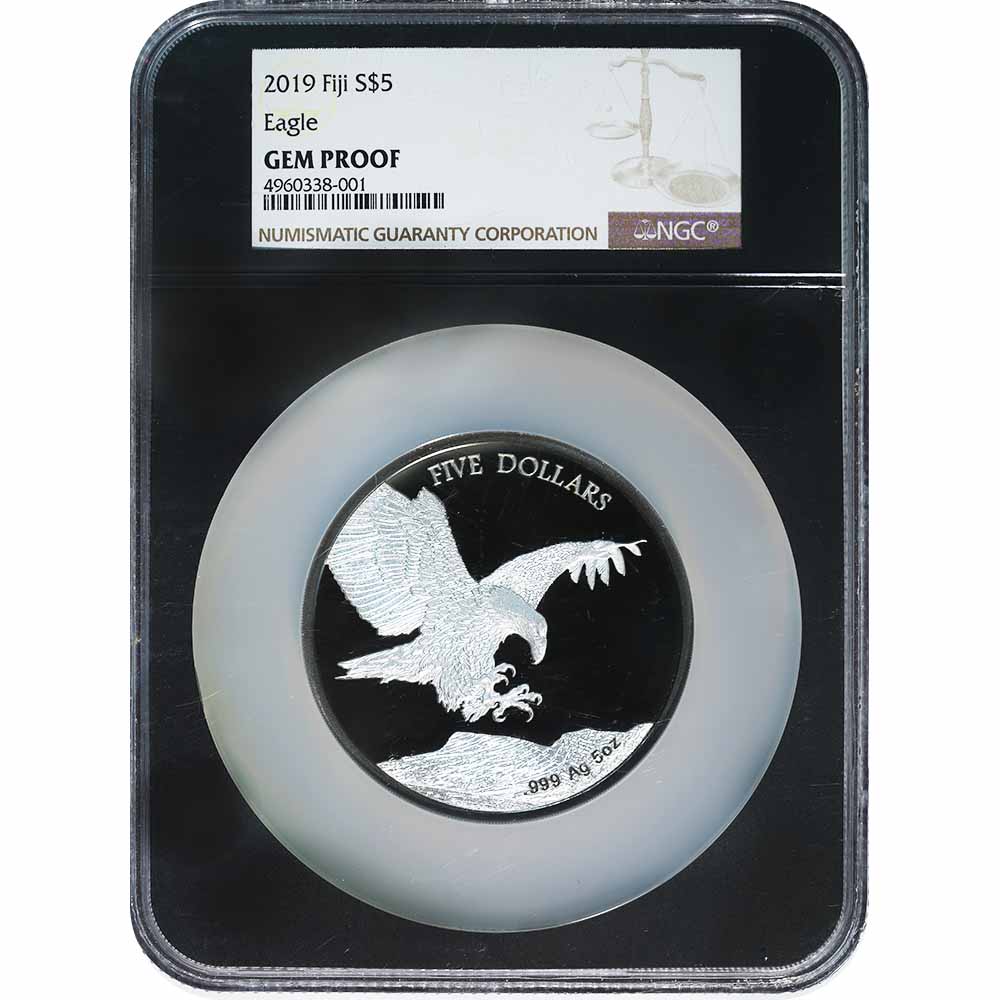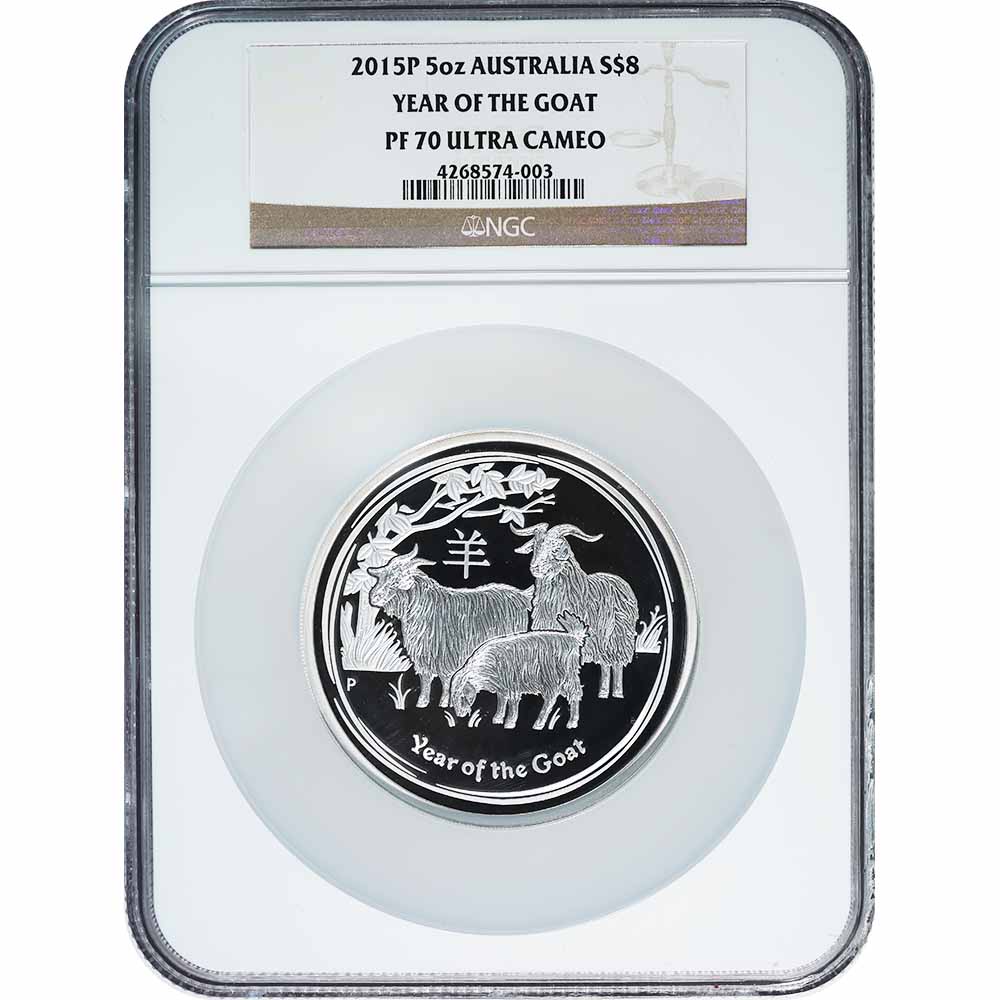- Back to:
- Italy World Coins

Italy 5 Centesimi 1896 KM#31 VF
| Qty | Wire/Check | Bitcoin | CC/Paypal |
| Any | $25.00 | $25.25 | $26.00 |
The Italy 5 Centesimi 1896 KM#31 is a notable example of late 19th-century Italian coinage, embodying both the historical context and artistic trends of the era. This coin represents a period of significant change in Italy, reflecting the country's transition from a collection of independent states to a unified nation. Struck during the reign of King Umberto I, the 5 Centesimi of 1896 is a testament to the era's numismatic practices and offers a valuable glimpse into the period’s economic and political climate.
The coin was minted under King Umberto I, who ruled Italy from 1878 to 1900. His reign marked a period of consolidation and modernization for the newly unified Italy, which had only been established in 1861. King Umberto I, also known as Humbert I, was a significant figure in Italian history, navigating the challenges of unification and working to stabilize the country's economy. The 5 Centesimi coin from 1896 is a product of his reign, reflecting his influence and the state of Italian coinage during this time.
On the obverse of the coin, King Umberto I is depicted in a detailed and dignified portrait. The design shows the king in right-facing profile, adorned with a regal crown and a well-groomed beard, which was a common depiction for contemporary monarchs. The inscription surrounding the portrait reads “UMBERTO I RE D’ITALIA,” translating to “Umberto I King of Italy.” This inscription clearly identifies the ruler and asserts his authority over the Italian state. The obverse design highlights the importance of monarchy in Italy’s national identity and serves as a visual representation of the king’s role in the country’s governance.
The reverse side of the coin features a detailed and symbolic design. At the center is the denomination “5 CENTESIMI,” indicating the coin's value. The reverse also includes a depiction of an olive branch and a oak branch, which are intertwined to form a wreath. These branches symbolize peace and strength, respectively, reflecting the ideals that the Italian state sought to promote during this period. Additionally, the mintmark “R” is present on the reverse, signifying that the coin was struck at the mint in Rome. This mintmark is crucial for collectors and historians as it helps verify the coin’s authenticity and origin.
The 5 Centesimi coin of 1896 was minted at the Rome Mint, which was responsible for producing a significant portion of Italy’s coinage during the late 19th and early 20th centuries. The Rome Mint was known for its high-quality coins and played a key role in the country's monetary system. The minting process during this period involved advanced techniques for the time, ensuring that each coin met high standards of craftsmanship and precision. The 5 Centesimi coin reflects the mint’s commitment to quality and its role in maintaining the stability of Italy’s currency.
Regarding mintage, the 5 Centesimi 1896 is relatively less common compared to some other coins of the era. While it was produced in substantial quantities, the surviving examples are valued for their historical significance and relative rarity. Coins from this period are often sought after by collectors due to their historical context and the challenges faced by Italy during the era of unification. The 5 Centesimi 1896 serves as an important collectible for those interested in Italian numismatics and the country’s transition to a unified nation.
Italy, as a unified nation, underwent significant transformations during the late 19th century. The period following unification saw efforts to standardize and modernize various aspects of Italian society, including its currency. The introduction of new coin designs and denominations, such as the 5 Centesimi of 1896, reflected these changes and the country’s growing sense of national identity. The coin provides a tangible link to this transformative period in Italian history and highlights the role of coinage in reflecting and shaping the nation’s economic and political landscape.
Overall, the Italy 5 Centesimi 1896 KM#31 is a valuable piece of numismatic history that offers insights into the economic, political, and artistic developments of late 19th-century Italy. Its design, minting details, and historical context make it a prized collectible for numismatists and history enthusiasts alike. The coin stands as a testament to the country’s efforts to establish a unified and modern identity during a period of significant change.







